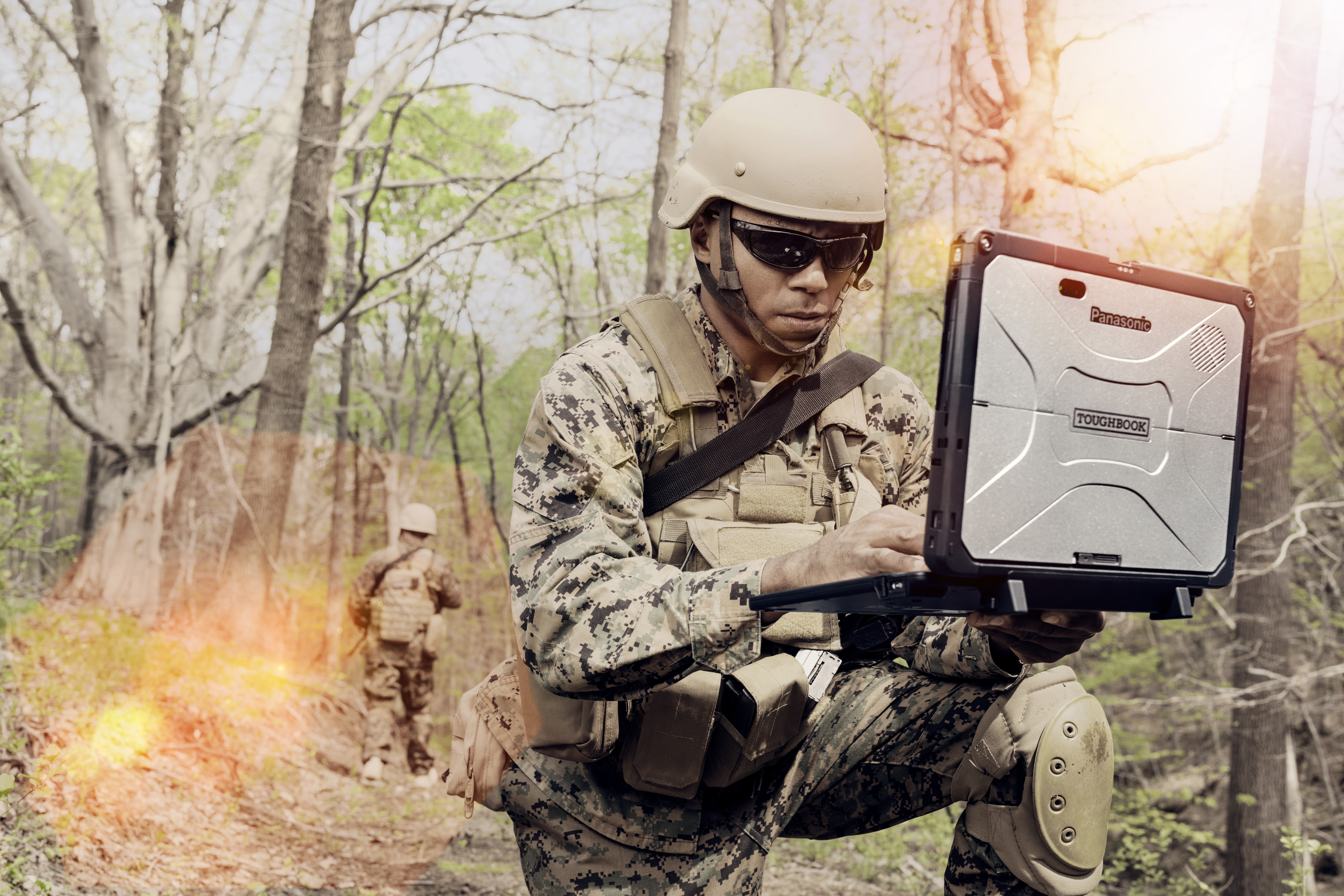3 Ways Frontline Modular Laptops Can Support Federal Operations
Information technology is a major component of frontline federal operations. Fast and reliable real-time communication is what prepares the the 1.3 million active-duty and reserves forces to deploy at any moment. With such critical connectivity on the line, agencies need the the very best in rugged, modular laptops and mobile technology.
The U.S. military recognizes the importance of this investment when it increased its 2023 technology spending to $130.1 billion, a 16.2% increase from $112 billion the previous year. However, investing in the right mobile tech for personnel can be challenging. There are a number of factors to consider, from the moment a team enters the front line to assessing the captured data afterwards.
When planning your agency’s digital transformation, keep in mind these three factors to provide your team with frontline mobile tech while empowering IT staff to better support workforce and operational needs.
1. Base your digital transformation goals on employee needs
Different teams may need different technologies, catering to varying comfort levels with new technology or a wide range of day-to-day needs on the job. Modular laptops often provide the best balance of features.The challenge here is formulating a cohesive feedback-driven IT strategy, so your team gets technology solutions that work for their day-to-day tasks.
Ask questions like:
- What form factors will best serve employees?
- Do employees prefer a certain operating system over others?
- Are their mobile devices holding up in the environments they work in?
- Is the selected technology interoperable with other systems?
- What level of connectivity do they require?
- What additional security measures do I need to implement?
- Do the technologies we provide to employees streamline their work, or add unnecessary complexity?
2. Choose modular laptops for maximum flexibility
Adaptable devices are a lifeline for mission critical work and help teams prepare for the unexpected. Consider the wide range of challenging situations field workers find themselves in: glaring sun, dusty fields, or inclement weather. Fully rugged modular laptops, such as the TOUGHBOOK® G2, provide federal government workers with customizable technology that also withstands the harshest conditions.
Reliable IT support remains critical for the most rugged devices, especially in federal use cases that require lengthy deployments, extended travel away from home, and coverage across land, air, or sea. For example, if the battery on a consumer grade device fails, it could mean the entire unit is out of commission. With a rugged modular laptop, you can simply swap a new one in for the fastest return to full functionality.
To think about it a step further, IT can use services and solutions such as smart battery monitoring and analytics to track of device health and predict failure. It also helps to create a maintenance checklist template to evaluate your technology solutions usability to reduce downtime caused by technology issues.
Investing in rugged, modular technology can help streamline processes and improve productivity across a team. Modularity increases the longevity of a device and can decrease the burden on IT teams having to research and deploy new device fleets.
3. Deploy modular laptops that are compatible with emerging technologies
Changing devices is a big undertaking (and investment) for most agencies. Rugged, modular laptops are often compatible with emerging and advanced technologies such as AI, virtual reality, and thermal imaging. Their flexible design allows for the addition of new components and capabilities as roles change within agencies.
IT professionals must consider risk mitigation, device security, and reliability over longer periods of time. Because of this, technology buying considerations must address the desires of both workers on the front line and IT professionals. To do this, devices need to have advanced computing power and customizable options, while also using multifactor authentication and ensuring compatibility with public and private networks.
Learn more about Panasonic Connect’s technology solutions for federal government agencies.
![]()

